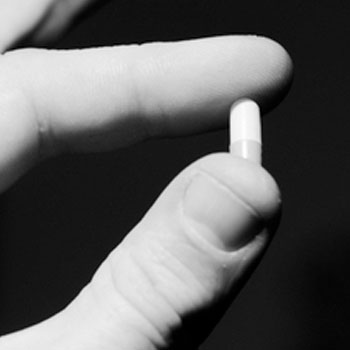Phenibut—also “β-phenyl-γ-aminobutyric acid” or “4-amino-3-phenylbutyric acid HCl”—is found as an ingredient in some dietary supplements. These supplements are sold for a variety of uses, including sleep, stress reduction, and nootropic (“smart pill”) effects. Phenibut is a drug developed in Russia and Latvia, where it’s used as to treat anxiety, alcohol withdrawal, insomnia, and other health conditions. It’s similar to the FDA-approved drug baclofen.
Phenibut is prohibited for use by Service Members
There are reports of adverse health effects associated with phenibut use, and some evidence suggests that continued use can lead to dependence and increased tolerance, which means an increasingly higher dose is needed for the same effect. Withdrawal symptoms include visual and auditory hallucinations, muscle pain and twitching, heart arrhythmia (tachycardia), nausea, vomiting, insomnia, sensitivity to sound and light, and separation from reality.
Phenibut in dietary supplements
FDA announced that phenibut “is a substance that does not meet the statutory definition of a dietary ingredient.” As a result, phenibut is on the DoD Prohibited Dietary Supplement Ingredients list. Phenibut is a synthetic substance—it’s made in a laboratory and doesn’t occur in nature—which means it doesn’t fit FDA’s definition of an acceptable dietary supplement ingredient.
Updated 07 March 2022

